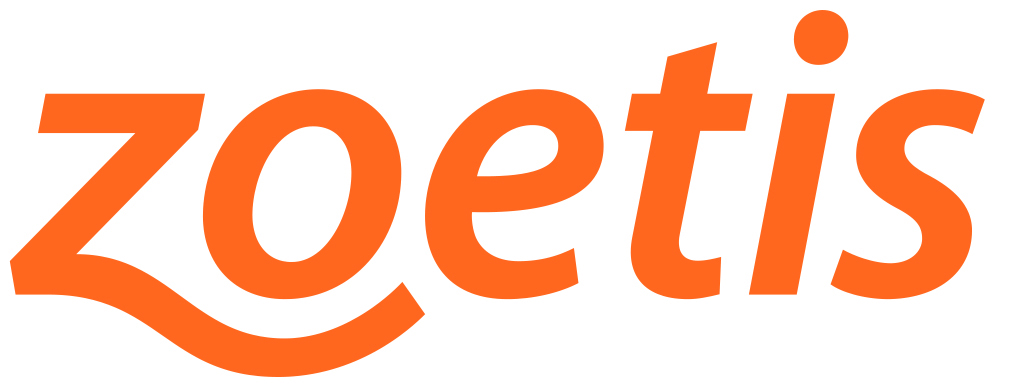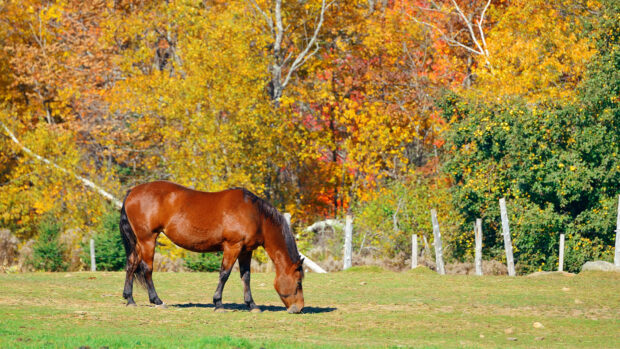Vet experts at Zoetis are reminding horse owners of the importance of tackling the threats of encysted small redworm (ESRW), tapeworm and bots this autumn and winter. None of these parasites will reliably show up in a standard faecal worm egg count so need to be treated on a targeted basis, by using the correct wormers at the right time of year.
Encysted small redworm are one of the most persistent and dangerous parasites to affect horses in the UK. Encysted small redworm are larval stages of the small redworm that have buried into the lining of the gut where they lie dormant for a period of time.
They can pose a potentially fatal health risk but won’t show up in a standard faecal worm egg count. It’s important to make sure that encysted small redworm are treated properly during late autumn or winter otherwise they may develop and emerge en masse from the gut wall in the early spring and could lead to a disease syndrome known as ‘larval cyathostominosis’, causing diarrhoea and colic with up to a 50% mortality rate [1].
Young horses (under three years of age) are particularly susceptible to this condition; however, all ages can be affected. It is recommended that all horses receive a treatment for ESRW during the autumn/winter, regardless of their faecal worm egg count [2,3] .
Bots are the insect larvae of the bot fly and are a common adult parasite found within the horse’s stomach. The female bot fly can lay up to 1,000 distinctive yellow eggs on the hair on your horse’s legs and shoulders or around the eyes, mouth and nose.
Infection can show as mouth irritation or ulcers or stomach irritation.It is recommended to administer a wormer licensed for the control of bots in the winter, after the first frost when the adult flies have died and before the bots mature.
Tapeworms are white, flattened, segmented worms which can grow up to 20cm in length. They are usually found at the junction of the small and large intestine in your horse and use suckers to attach themselves to the gut wall.
They can result in a number of health-related problems, ranging from loss of condition to diarrhoea and colic. An infected horse has been shown to be 26 times more likely to develop ileal impaction colic than a non-infected horse, and eight times more likely to experience spasmodic colic [4]. The accepted method for tapeworm control is to break the cycle by using a wormer specifically licensed for tapeworm about every six months [5], traditionally in the spring and autumn.
“We have had the first frosts of the season so now is the ideal time to administer a wormer that is licensed to treat encysted small redworm, tapeworm and bots.” said Wendy Talbot, vet at Zoetis.“I strongly advise you to speak to your vet or SQP at your local equestrian shop to make sure you get your winter worming right this year, to help keep your horse in the best health.”
Visit www.esrw.co.uk to test your knowledge on ESRW and speak to your vet or SQP about responsible worm control.
References
1. Dowdall S.M.J. et al (2002) Veterinary Parasitology 106, 225‑242
2. Nielsen (2012) Veterinary Paristology. 185. 32-44
3. Matthews (2008) Equine Veterinary Education 552-560
4. Proudman CJ Journal of Equine Veterinary Science (2003) 23 (1) 6-9
5. Proudman and Matthews, In Practice (2000) 22, 90-97




